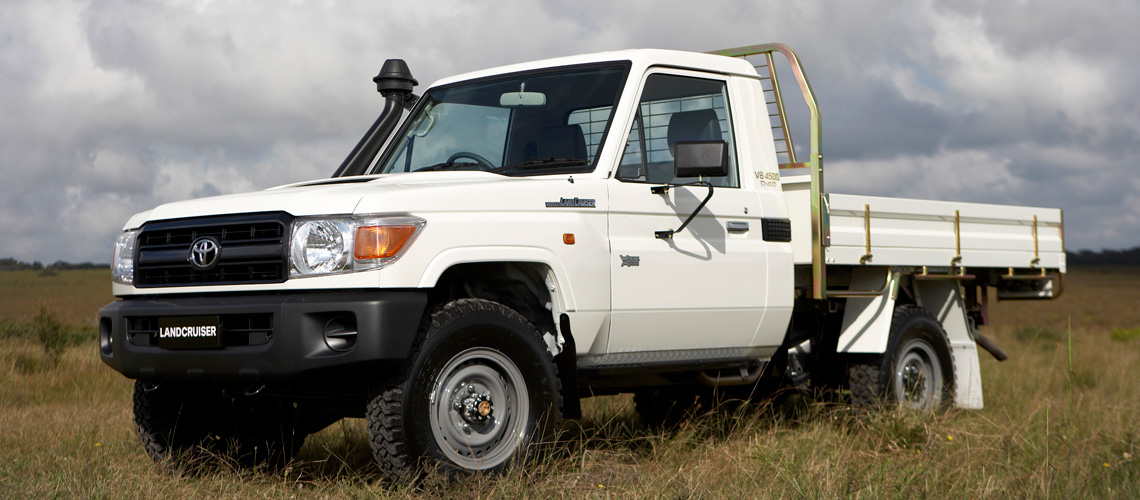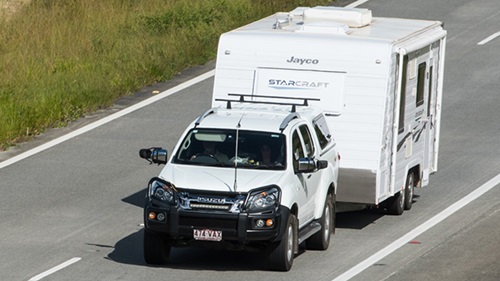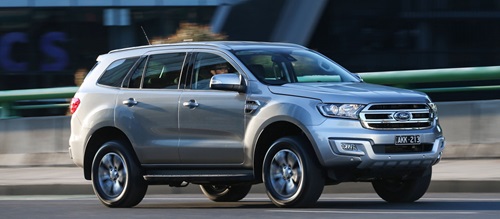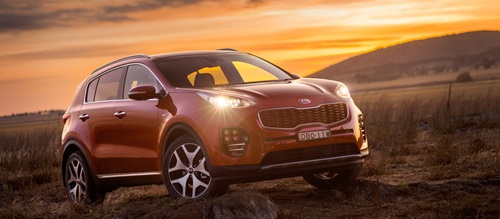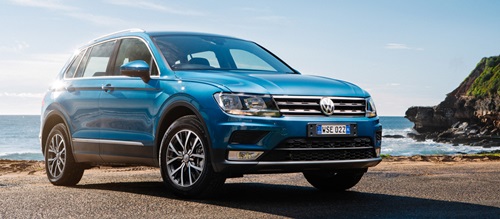Snapshot |
|
| Priced from | $53,490 |
| Engine | 4.5L |
| Transmission | 5-spd man |
| Fuel Economy |
11.9
|
| Output | 151kW/430Nm |
| ANCAP rating |
|
Forget the polished, refined character of most 21st century four-wheel drives. The Toyota LandCruiser 70 Series is a work truck, so it is built with an entirely different set of priorities in mind.
Value for money
Pricing
The base LC79 cab chassis Workmate ute costs $53,490; the GX is $55,490 and the GXL is $56,490. The four door, five seater Workmate LC76 wagon is $53,990 and the GXL is $57,490. The three door, 3 or 11 seater Workmate LC78 Troop Carrier wagon is $59,990; the five seater GXL is $61,490.
Warranty
Three years/100,000 kilometres
Standard features
Not a whole lot. Workmate gets a CD player with two speakers (four in the wagon!), hose out plastic upholstery and trim, 16 inch steel wheels (with split rims on cab chassis and Troopy), sidesteps, driver's bucket/front bench seat and an engine immobiliser.
All GXL models add front-door armrest, power radio antenna, bucket seats, cloth seat trim, floor carpet (front only for Troop Carrier), keyless central locking, power windows and front foglamps.
GXL Troop Carrier also gains over fender flares, four-speaker audio, variable intermittent wipers and five-person seating capacity.
GXL Wagon also adds to Workmate Wagon with chrome exterior mirrors, 7JJ 16-inch alloy wheels with 265/70R tyres, and loop-pile carpet.
Options: Airconditioning $2640; front and rear diff locks $2735; metallic paint $300. The rear seats in the Troopy are a -$1100 delete option. The 90 litre sub tank on the cab chassis Workmate is also a delete option, at -$445.
Retained value
A 2004 4.2 litre turbo diesel Troop Carrier wagon retains approx 49 per cent of its new price according to industry valuer Redbook.
Design and function
Ergonomics
The seats are as basic as they come. The driver's seat needs more travel, but at least you sit very high off the floor so your legs are not too cramped. Lumbar support? That's for sissies. Big mirrors, straight lines instead of curves and thin pillars make for good vision all round. The metal dash features 1960s style instruments and controls. In a work truck like this there should be more storage for bits and pieces.
And get this: you wind the windows by hand.
Innovation
The 2007 Troopy and cab chassis models feature the same steel frame chassis as their predecessors, with wider tracks and a new front end to accommodate the V8 engine.
Wheelbases are 2730 (wagon), 2980 (Troopy) and 3180 (cab chassis).
The new 4.5-litre, 32 valve 1VD-FTE V8 turbo diesel produces 151kW of power at 3400rpm and 430Nm of torque from 1200-3200rpm.
It uses a graphite iron block, alloy heads, air to air intercooler and common rail injection. Cylinder angle is 90 degrees. Bore and stroke are 86.0 x 96.0 mm.
The drivetrain comprises a five speed manual gearbox, two speed transfer case and a part time 4WD system with a rear limited slip differential and manual locking freewheeling front hubs.
Suspension is rigid live axle, with front coils and rear leaf springs. Steering is recirculating ball and nut, with greater hydraulic assistance from a new pump and an increase in lock to lock. Disc brakes have no ABS, traction or stability control.
Weight is 2010-2335 kg. Fuel tank capacity is 180 litres (90 main/90 sub); 90 litres only on wagon. The 70 will tow up to 3500kg.
Safety
The 70 Series has not yet been tested by ANCAP. The absence of any airbags, ABS brakes, traction or stability control is cause for concern. One wonders how government regulations can still permit a new model vehicle to be sold without at least a driver's airbag.
Security
Best described as basic.
Comfort
The seats are rudimentary. Short term comfort is OK, but if you were to purchase a 70 Series as a recreational touring vehicle, an aftermarket driver's seat would be the best option.
Space and practicality
You need a ladder to get into the wagon's back seat, through narrow door openings. The flat bench has reasonable leg room, if only because the front seats have such limited travel. It's squeezy for three blokes though. There's a lap only belt in the centre and three restraint anchors in the roof.
Access to the back seats in the Troopy is via an easy flip and slide front passenger seat.
At a full one metre from floor to ceiling, you can pack a round Oz adventure's worth of gear into the 70 Series Troopy and wagon. If you order both with five seats, the wagon's load floor is much shorter than the Troopy's: 101 cm compared with 139 cm by our tape. You can, though, extend the wagon's floor by double folding the back seat, whereas the Troopy's is fixed.
Of course if there's only two of you just get the three seat Troopy and you have unlimited capacity. These are also converted to good campervans by companies such as Trakka.
Build and finish quality
You won't find any burr walnut, shag pile or fine leather in here, but the 70 Series is built like a brick dunny. It's also as reliable as Toyota can make it.
On the road
Fuel efficiency
We haven't yet measured consumption, but according to Australian standard tests the cab chassis averages 11.5 litres/100km and the wagon/Troopy 11.9 litres/100km, which is comparable with the previous model 4.2 litre turbo diesel six's average of 11.7.
Performance
As the workhorse in the Cruiser range, the 70 gets the considerably detuned version of the 4.5 V8. The 200 Series Cruiser, due shortly, will have a much more powerful, refined variant.
However for its intended purpose here it's fine. Gentle, yet prodigious torque is produced right from idle; if you want to drag trees around or idle up a cliff its effect can be multiplied with low range. The V8 is smooth, and cruises easily in fifth, but it doesn't breathe particularly freely and actually feels strained with a few revs on board. On the road you need never see the high side of 3000 rpm.
It's a truck engine, as evidenced by a 0-100km/h time of 14.6 seconds.
The five speed manual has a slow, long throw action. Sometimes the stubby 4WD lever works smoothly, other times it doesn't want to know. In low first, you can tackle the steepest descents with confidence.
Ride
Ride comfort is excellent, especially in the rough. It improves with a load on board. Big bumps are effectively ironed out before any harshness reaches the cabin.
Handling and steering
In comparison to most modern 4WDs, the 70 Series handles like the Titanic. Again, though, it is designed for completely different purposes - load carrying, towing, mine work, back paddock bashing and lots of abuse. Approach it for what it is and it's OK.
On a barely defined bush track, the suspension has lots of travel, it's comfortable and, if the 70 Series can't go there, nothing else will.
On the highway, you soon settle into a slow rhythm in the 70, because doing anything too quickly - like approaching a corner - is likely to end in tears. It leans and rolls early and often, though road holding is reasonable, especially on those models with the wider tyres. The cab chassis feels the most confidence inspiring, because it has the lowest centre of gravity and the longest wheelbase.
Braking
Performance is hardly acceptable. There's minimal pedal feel and feeble power at highway speeds unless you stand on the pedal, in which case the front wheels are easy to lock.
Smoothness and quietness
The V8 is smooth enough, but as mentioned previously there's a lot of induction noise. The distinctly non-aerodynamic body shape of the 70 also generates plenty of wind noise at highway speeds.
Summary
North of the Tropic of Capricorn, the 70 Series is more common than the Corolla, for good reason. If you want the world's toughest 4WD, for work, towing, or extensive outback travel, this is it. However some modifications would be advised. The Toyota has no current crash protection features, and requires greater care than usual because its handling is less secure and stable at highway speeds than most other 4WD wagons.







